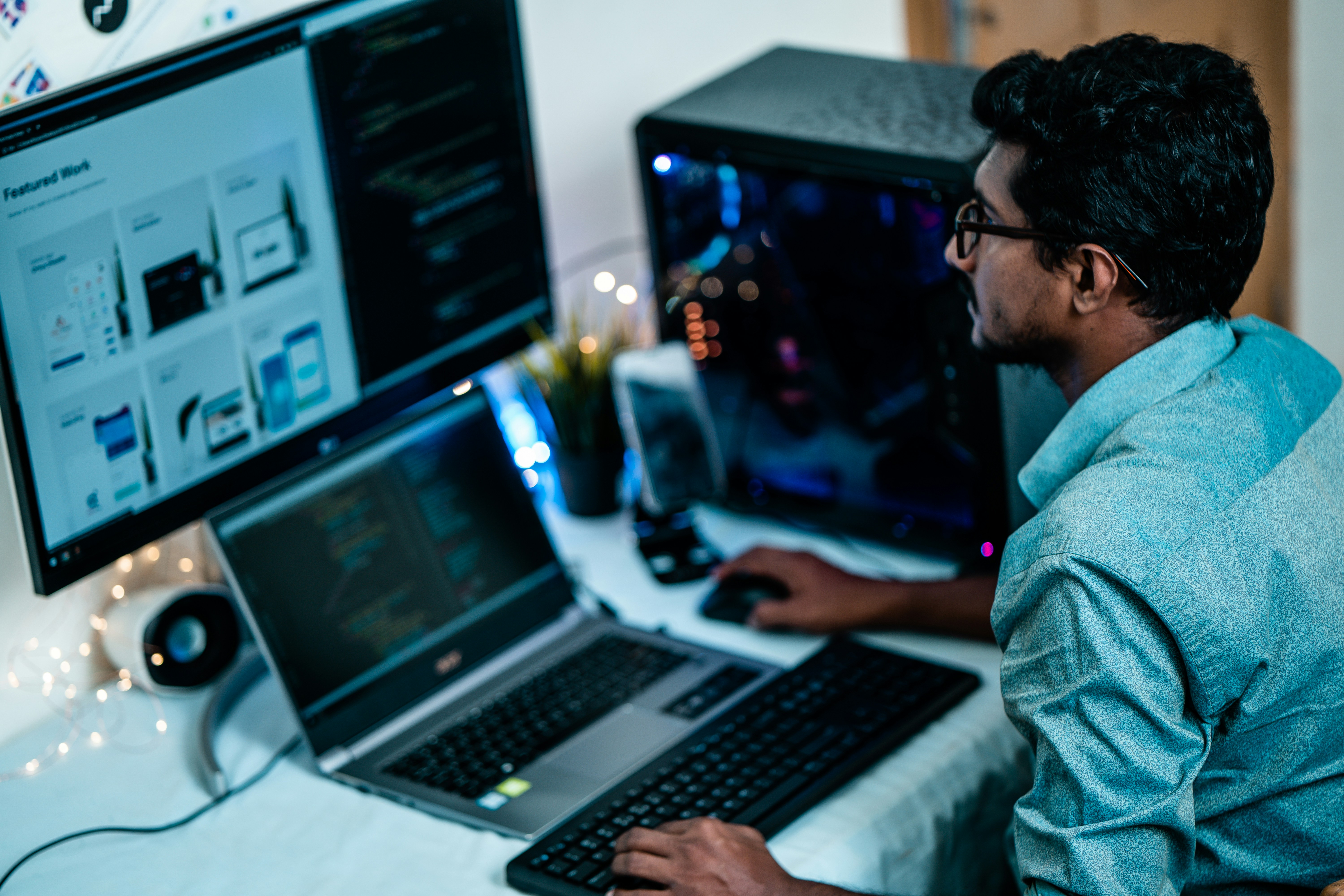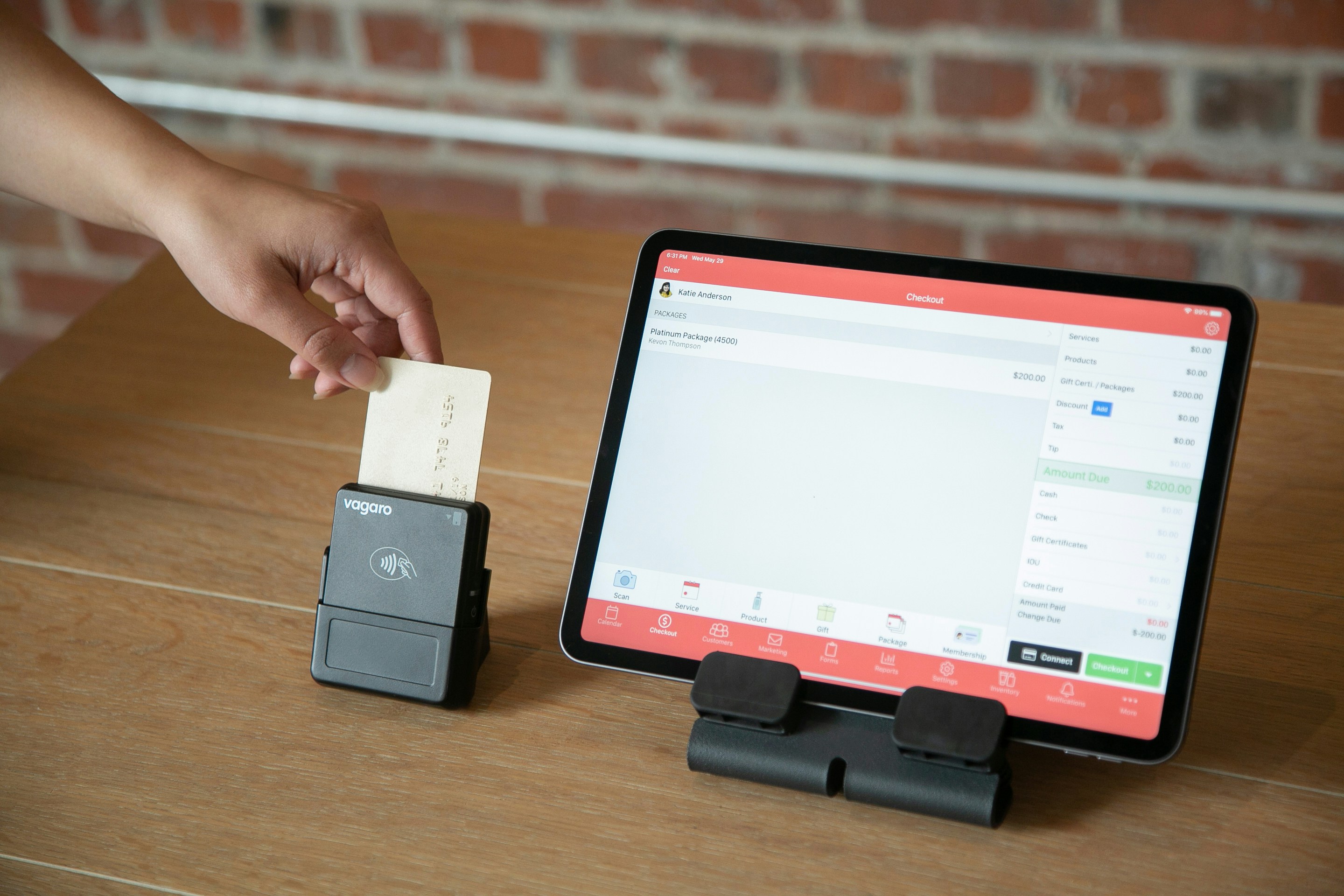Design Trends
Top 5 Design Trends to Watch in 2025
Feb 28, 2025
Top 5 Design Trends to Follow in 2025
Looking to 2025, the world of design is changing at warp speed. Designers are adopting new technologies, reimagining traditional looks, and injecting their designs with bold simplicity and rich texture. From artificial intelligence-powered creativity to a revival of maximalism, these trends are reshaping our visual landscape in ways that are at once innovative and thoroughly human. In this blog, we explore the top five trends that will be making waves—and provide real-life examples for designers who want to get ahead of the curve.
1. AI-Powered Design: The Creative Collaborator
Artificial intelligence isn't solely for automating repetitive work—it's changing the creative process itself. AI-enhanced design tools are now standard fare in the workflow of many designers, assisting with everything from creating inspirational mood boards to tuning complicated compositions. Software like Adobe's Generative Fill and AI image generators like Midjourney are enabling designers to try new things more quickly and iterate better.
What's Changing?
Improved Ideation: AI technologies offer an immense repository of ideas and motifs, accelerating the initial phases of designing and increasing the variety of output.
Efficient Workflows: Automating the routine allows the designer to allocate more time towards making creative decisions.
Cooperative Creativity: Instead of undermining human imagination, AI serves as a collaborative companion—proposing ideas that are further developed and reimagined.
Example
Nike's latest campaign employed an AI-created Neon concept campaign made entirely with tools such as Midjourney and refined in Adobe Photoshop. This combination of human guidance and AI productivity yielded images that are both dramatic and groundbreaking.
"Adding AI to my design workflow has become essential—it's like having a creative sidekick who never gets tired."
– A top designer, echoing the view expressed widely in Adobe's graphic design trends for 2025.
With AI-driven design, the future is not about machines taking over creativity; it's about augmenting our creative potential.
2. Bold Minimalism: Impact in Simplicity
Minimalism has ever been the bastion of believing that less is more. The latest trend in bold minimalism, though, is reworking this strategy to focus on fewer, but considerably more powerful, visual elements. It's minimalism that's "hit the gym" — with chunky type, bold color blocks, and judiciously used white space that seizes attention the moment it's seen.
Key Characteristics
Strong Typography: Bold, thick fonts are employed not only for legibility, but as focal visual elements.
Vibrant Color Highlights: Instead of using subdued colors, designers are using strong, saturated colors to create contrast.
Intentional Negative Space: Each negative space is deliberate, directing the viewer's eye precisely where it needs to go.
Example
Companies such as Adidas and PayPal are already using bold minimalism in their rebranding campaigns, where one strong word or icon is the focal point—letting the product or message do the talking.
This trend isn't merely visually appealing—it's also about simplicity. In an information-overloaded world, bold minimalism breaks through the clutter and conveys a message that's clean and engaging.
"Bold minimalism is a strong conversation between the limited elements we use and the area they take up," says a design professional included in Piktochart's trend report.
3. Metallic Finishes & Unconventional Color Combinations
As digital design becomes more boundary-pushing, there's an increasing desire for haptic and visually dynamic aspects. Metallic finishes—shades of silver, chrome, and iridescent colors—are in the spotlight, providing a futuristic sheen to digital and physical products alike. Combined with unconventional color combinations, these metallics produce a dramatic clash between modernity and bold creativity.
What to Expect
Reflective Surfaces: Metallic textures are finding their way into digital interfaces, product packaging, and even massive-scale murals to introduce depth and dimension.
Bold Duotones: Designers are pushing away from conventional color pairings by combining metallics with neon colors or pastel colors for a surprising twist.
Increased Visual Impact: Metallic finishes reflect light and alter dynamically, generating the sense of movement and vitality.
One recent campaign for a high-fashion brand featured metallic elements with a high-gloss finish paired with unexpected color combinations—mint green contrasted with coral red—creating a playful, energetic visual that subverts expectations.
Pairing metallics with bold color choices, designers are demonstrating that creativity often is the result of breaking the rules.
"Metallic finishes create an air of sophistication and non-traditional colors introduce the element of surprise. It's the ultimate union of function and fantasy."
– As flagged in Adobe's 2025 design trends.
4. Textured Grains & Organic Elements: Imperfection with Character
With digital perfection now the expectation, there is an emerging countertrend embracing imperfection. Textured grains, hand-drawn elements, and organic patterns are being used to add tactility and warmth to designs. Not only does this make images more relatable, but it also adds a human element to digital products.
Texturing Trends
Grainy Layers: Delicate grain patterns add interest to even plane, sterilized backgrounds to give them substance and a sense of being just "a bit" imperfect.
Nature-Inspired Motifs: Nature elements—woodgrains, leaves, natural weaves—are worked into designs to create a perceived authenticity.
Human Touch: Painted or freehand-inspired imagery brings home that sometimes the destination is less important than the journey.
A high-end lifestyle brand recently overhauled its online campaign with grainy texture overlays on high-def images. The outcome was a cozy, approachable look that appealed to audiences who had grown weary of super-slick, impersonal images.
It's all about loving the beauty of imperfection—reminding ourselves that real texture brings soul and emotion to design.
"In a world of perfect AI-created images, adding texture is our attempt at embracing the human touch and giving designs some lived-in feeling."
– Industry voices echoing comments from Adobe's trends report.
5. Maximalist Illustrations: The Art of Layered Complexity
Maximalism could be the opposite of minimalism, but in 2025, it's becoming a counterpoint in itself. Designers are turning to maximalist illustrations more and more to produce deep, immersive imagery that engages the viewer. The trend celebrates complexity, color, and layered detail—providing a counterpoint to the clean lines of minimalism.
What Constitutes Maximalism?
Layered Detail: Multi-layered illustrations with complex layers of imagery, patterns, and textures invite the viewer to come closer.
Vivid Colors & Patterns: Clashing patterns and vibrant color schemes are employed to provide an energetic and dynamic atmosphere.
Narrative Richness: Maximalist patterns tend to be narrative-heavy, with every component supporting a greater, unified narrative.
Example
At recent design expos, a number of brands promoted campaign images based on maximalist illustration. Consider digital posters chock-full of colorful elements—intricate patterns, hand-sketch doodles, and dramatic gradients—that beg to be discovered by the viewer. This aesthetic has been in high demand by lifestyle and music brands that wish to leave an indelible visual mark.
"Maximalist illustrations enable us to transcend the limitations of simplicity and indulge in a realm of color, detail, and emotion. It's all about creating art that is as rich as the stories we desire to tell."
– A view echoed by creative directors included in It's Nice That's graphic trend roundup cite
Conclusion: Embracing a Multi-Faceted Future
The 2025 design landscape will be as varied as it is vibrant. AI tools are enhancing creativity, fearless minimalism is breaking through visual noise, metallic effects and unexpected color combinations are expanding limits, textured grain reminds us of our imperfect nature, and maximalist imagery celebrates complexity and depth of narrative. These trends show that design is not about selecting one style over another—it's about combining several influences in order to produce work that is innovative yet recognizable.
As designers, the challenge is to experiment boldly while remaining true to your unique voice. Whether you’re reimagining a brand’s identity, crafting a digital interface, or creating immersive visual experiences, let these trends serve as inspiration. Embrace the technology, honor the imperfections, and above all, keep pushing the boundaries of what’s possible.
Happy designing—and here’s to a visually inspiring 2025!
For additional insight on these future trends, read Adobe's take on graphic design trends in 2025.


